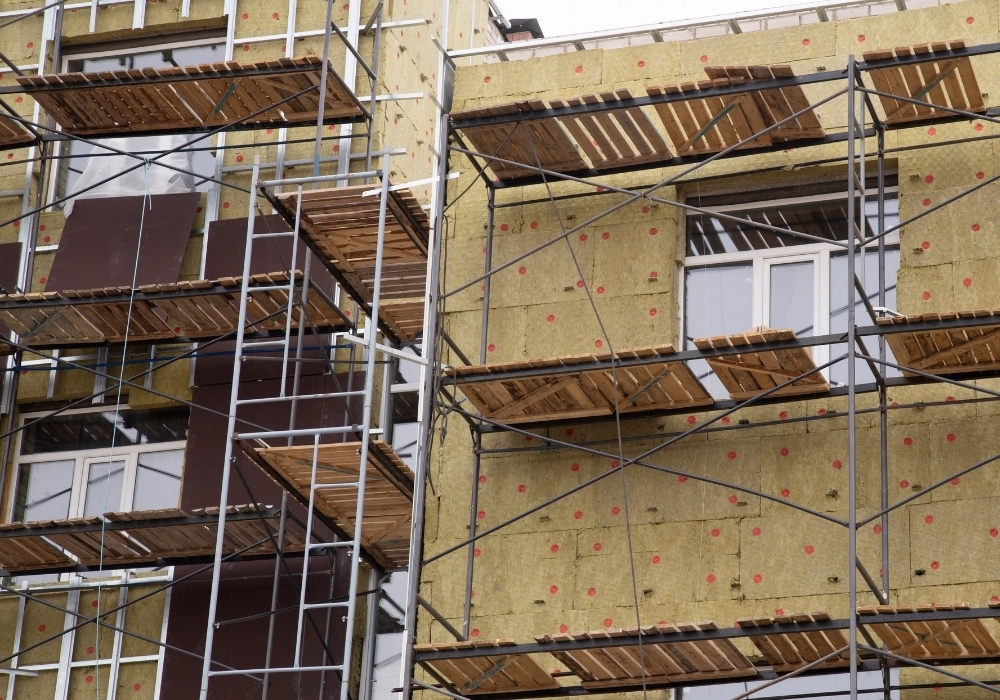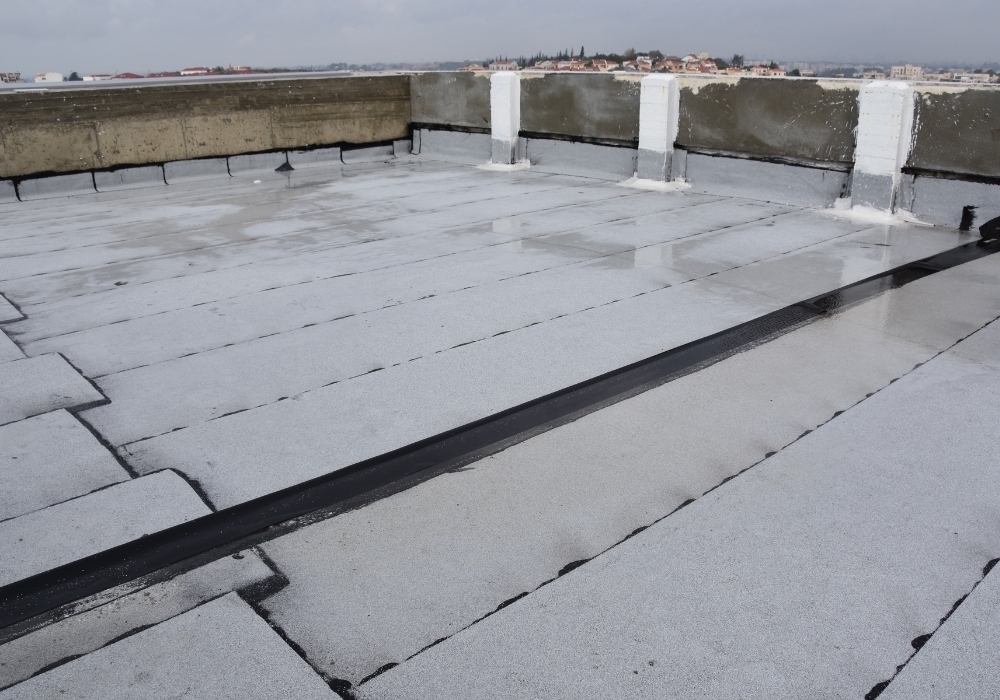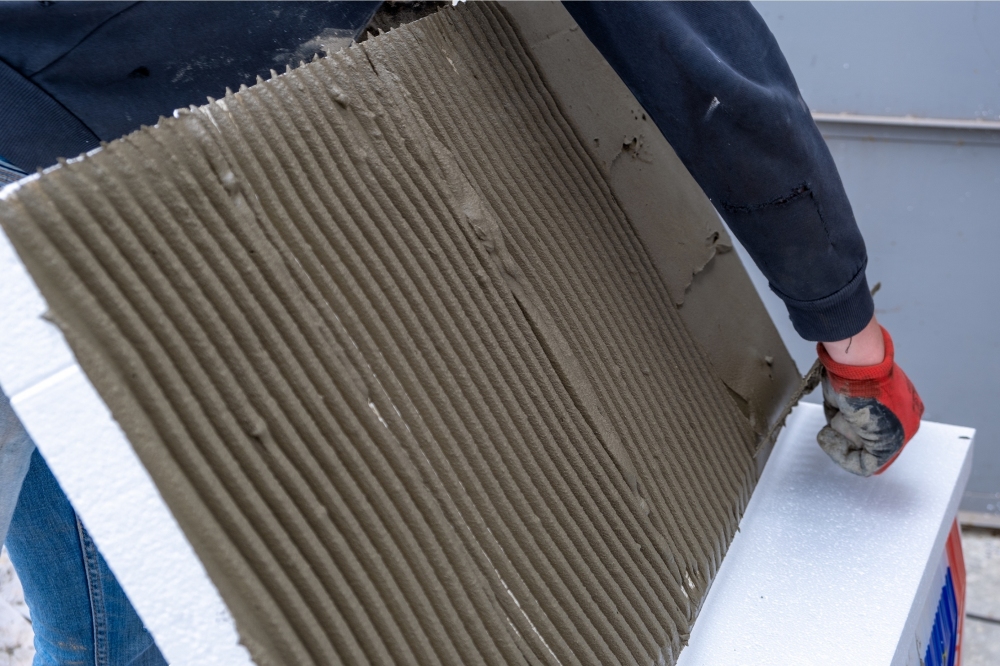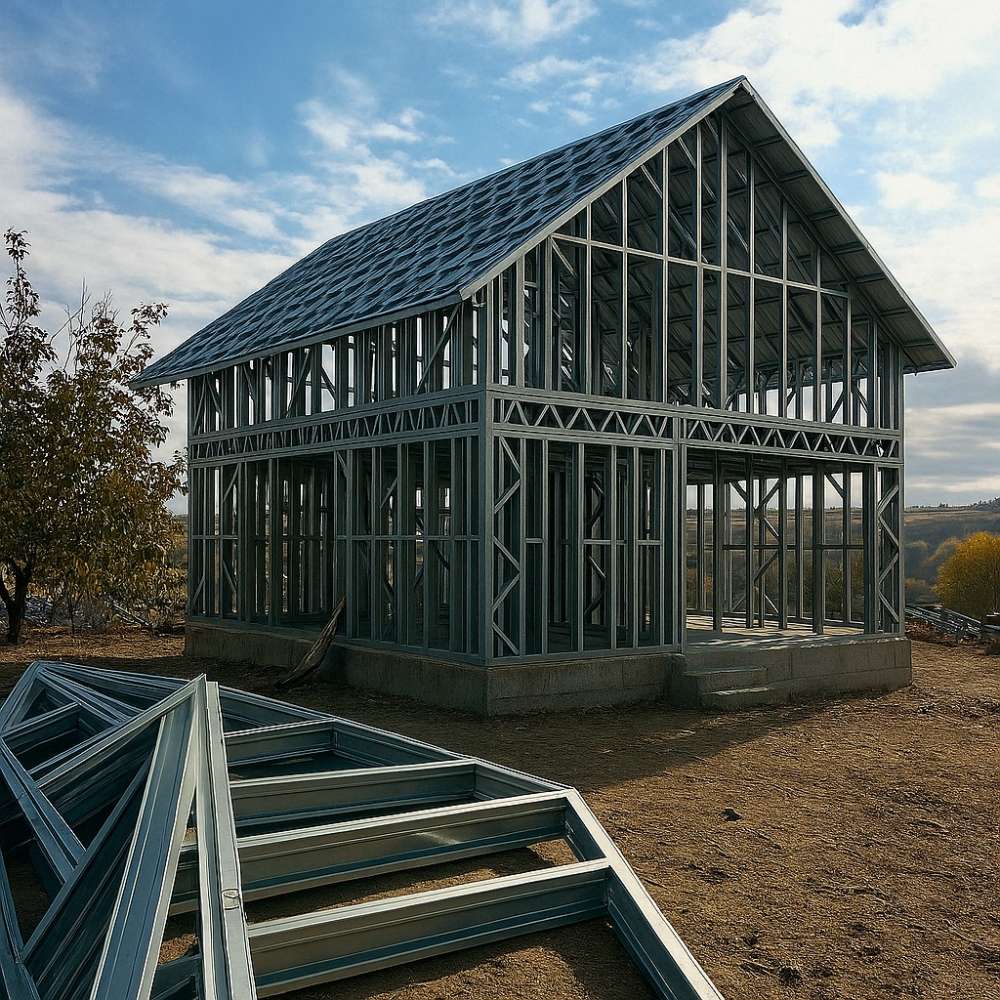
The Building System of the Future
In today’s construction industry, speed, durability, and sustainability have become essential criteria. Steel construction systems offer innovative solutions that meet all these needs. These structures are increasingly preferred in both residential and industrial projects due to their numerous advantages.
What is Steel Construction?
Steel construction refers to building systems where the entire structural framework—columns, beams, trusses, and connectors—is made of steel components. These elements are manufactured in factory-controlled environments and assembled on-site, enabling a fast, safe, and high-quality building process.
Main Advantages of Steel Construction
1. High Strength & Earthquake Resistance
Steel has a high load-bearing capacity and responds flexibly to seismic activity. It maintains structural rigidity during natural disasters, making it ideal for earthquake-prone regions.
2. Fast Construction Time
Steel components are pre-fabricated and do not require drying time like concrete. This allows uninterrupted construction throughout the year, regardless of weather conditions.
3. Lightweight & Foundation Savings
Steel is lighter than reinforced concrete, reducing the structural load on the foundation and lowering foundation construction costs.
4. Architectural Flexibility
Large open spaces can be created without columns, enabling flexible interior layouts, high ceilings, and modern façade designs.
5. Recyclability & Sustainability
Steel is 100% recyclable and can be dismantled and reused. This makes it an environmentally friendly and sustainable option for long-term investment.
Points to Consider
-
Fire Protection: Steel loses strength at high temperatures and must be protected with fire-resistant coatings or intumescent paints.
-
Corrosion Risk: Steel should be coated with galvanization or epoxy paint to protect against climatic and environmental conditions.
-
Advanced Structural Design: Steel structures require precise engineering calculations and should be designed by experienced structural teams.
Fire Protection: Steel loses strength at high temperatures and must be protected with fire-resistant coatings or intumescent paints.
Corrosion Risk: Steel should be coated with galvanization or epoxy paint to protect against climatic and environmental conditions.
Advanced Structural Design: Steel structures require precise engineering calculations and should be designed by experienced structural teams.
Common Areas of Use
-
Industrial facilities (factories, warehouses)
-
Sports halls, exhibition and fairgrounds
-
High-rise office and commercial buildings
-
Villas and light steel residential buildings
-
Airports, stadiums, modular and prefabricated structures
Industrial facilities (factories, warehouses)
Sports halls, exhibition and fairgrounds
High-rise office and commercial buildings
Villas and light steel residential buildings
Airports, stadiums, modular and prefabricated structures
How is a Steel Building Constructed?
1. Soil Survey & Design Phase
A geological survey is conducted, and the architectural, structural, and MEP (Mechanical, Electrical, Plumbing) designs are prepared. All designs follow national building codes and seismic regulations (e.g., TBDY 2018 in Turkey).
2. Fabrication of Steel Components
Steel elements such as columns, beams, and trusses are cut, drilled, and welded in factory conditions. Surface coatings (galvanized, epoxy, or fire-retardant paint) are applied.
3. Foundation & Anchor Installation
Excavation and ground improvement are followed by the construction of foundations (raft slab, pile, or concrete slab). Anchor plates are embedded for steel element installation.
4. On-Site Assembly
Pre-fabricated components are delivered to the site. Cranes are used to erect the steel framework. Bolting and welding are completed on-site with minimal weather disruption.
5. Roof & Façade Cladding
Exterior surfaces are finished with sandwich panels, trapezoidal sheets, or composite panels. Insulation layers are applied for thermal, acoustic, and fire protection.
6. Interior Finishing Works
Partition walls, electrical and plumbing installations, flooring, painting, and doors/windows are completed. Optional suspended ceilings and HVAC systems are installed.
7. Final Inspection & Handover
All structural and technical checks are completed (bolt torque, alignment, insulation tests). Once certified, the building is handed over as ready-to-use.
Steel vs Reinforced Concrete: A Quick Comparison
Criteria Steel Construction Reinforced Concrete Construction Speed Fast Slow Seismic Performance Flexible & Safe Rigid & Risky in Quakes Weight Lightweight Heavy Recyclability 100% Low Fire Resistance Requires Coating Naturally Resistant Architectural Flexibility High Moderate
| Criteria | Steel Construction | Reinforced Concrete |
|---|---|---|
| Construction Speed | Fast | Slow |
| Seismic Performance | Flexible & Safe | Rigid & Risky in Quakes |
| Weight | Lightweight | Heavy |
| Recyclability | 100% | Low |
| Fire Resistance | Requires Coating | Naturally Resistant |
| Architectural Flexibility | High | Moderate |
Build Smarter with Efil Construction
Steel construction systems are the future of modern, durable, and sustainable buildings.
At Efil Construction, we provide end-to-end solutions with expert engineering teams and quality manufacturing.
Contact us today for tailored turnkey steel building solutions designed for your needs.
Efil Construction
